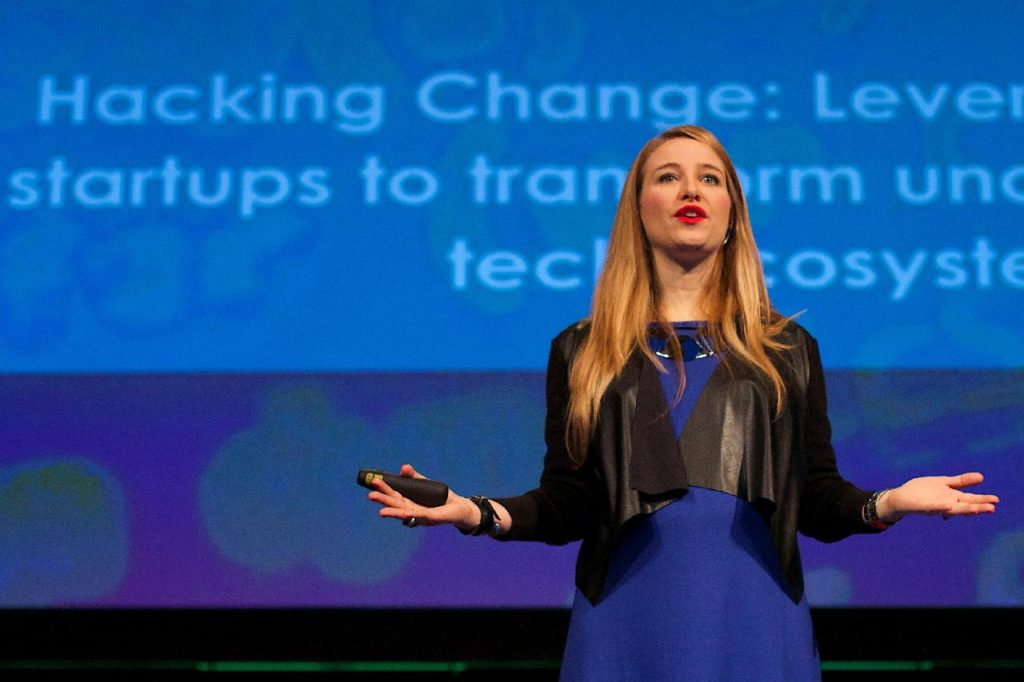The dictionary by Merriam-Webster defines influence as “the power or capacity of causing an effect in indirect or intangible ways.”
Let’s face it, we are all trying to influence some kind of outcome.
Businesses want to influence buyer behavior either directly or indirectly, the ultimate goal being to sell more products and services.
Cause-based nonprofits want to influence public opinion and sometimes, a broader public agenda. However, often their more immediate need is to raise enough funds, whether through grants or donations, in order to keep the doors open and the dream alive.
Nonprofits are generally community-supported or publicly funded bodies, and for some, their objective goes beyond influencing opinion. They may also want to influence people’s behaviour, for instance, in helping to reduce pollution or supporting research that might lead to a cure for a debilitating disease.
Politicians, of course, want to influence people’s perceptions of them as individuals and the party or cause they represent.
A speaker or author wants to influence people to take action, whether that’s to buy a book, register for a webinar, share a blog post, subscribe to an email list or attend an event.
A salaried business professional wants to enhance their career opportunities by influencing the perceptions others have of them within their industry, specifically recruiters and future employers.
Content-led PR program
Over time, a strategic content-led PR program can help a company, organisation or individual exert influence over desired target audience communities, in a good way, of course.
Whether this is directly or through a third-party, such as the media, or influencers, such as bloggers, podcasters or Twitter users, content can play a powerful role in this regard.

The greater the authority a person or brand is perceived to have, the better the chance of being able to exert influence in their marketplace or community.
Think about it. In all probability, a high-profile thought leader in the field of science will have a better chance of securing funding for a major science-related project than a high school teacher.
A company that has spent years producing a robust annual research report on a particular industry topic will be better placed to influence opinion on said topic than an unknown company CEO who writes a letter on the same topic to her industry trade journal.
A professional services firm with subject matter experts who consistently create educational and thought-provoking content will become more influential in the marketplace compared to “invisible” competitors who the public or media do not know for their knowledge and ideas.
Content builds authority
Publishing high-quality, relevant content can be a powerful way for a company, organisation or individual to build and maintain authority. And with authority comes influence.
Prominent nonprofit charity: water inspires people to take action, whether by donating to the nonprofit’s cause (bringing clean, safe drinking water to people in developing countries), sharing the charity: water story with their own personal networks or volunteering to help the organisation.
The charity: water organisation uses content to help connect people to its cause. It is a storytelling machine through its “field stories”, its exquisite photography on Instagram and its powerful videos via YouTube.
The National Aeronautics and Space Administration (NASA) has also built a finely tuned storytelling culture. It uses content to pique the public’s interest in space travel as well as take people behind the scenes, which, in turn, helps reinforce the public’s connection with the agency and its activities.
Why would NASA do this? Because it is dependent on the public purse. Its sphere of influence needs to be broad and ongoing, including not just members of the public and the media, but also stakeholders, such as politicians and bureaucrats, as well as the organisation’s own employees.
Underpinning the narrative
NASA’s mission is to pioneer space exploration, scientific discovery and aeronautics research. Producing content that underpins this narrative influences the way we think about NASA and the role the agency plays in society, not just in the United States but globally.

Tellingly, NASA has been at this content game a long time. Nearly 60 years ago, NASA produced editorial-style content to showcase the great work it was doing and in doing so influence how the media covered the agency.
Respected marketing author David Meerman Scott and space historian Richard Jurek wrote the fascinating best seller Marketing the Moon: The Selling of the Apollo Lunar Program about NASA’s supremely successful program to market the Apollo moon missions.
In a MarketingProfs.com article, Scott wrote:
In a lengthy 1959 policy memo, Walter T. Bonney, the head of NASA’s nascent Public Information Office (PIO), laid out a vision for NASA’s content marketing approach to PR.
“In practice, PIO staff work as reporters within the agency, seeking out newsworthy information from NASA technical personnel and processing it into a form useful to the press. The press uses this product of the PIO — the releases, the pictures — much as it uses the product of the wire services, with this important difference: It rewrites the product of the PIO and in the doing, makes the product its own”.
Walter T. Bonney, NASA
Scott writes that NASA created materials that addressed reporters’ needs in press releases, bylined articles and background materials and in sponsored media symposia, television newsreels and radio broadcasts complete with interviews and sound effects.
That content output helped to feed a world hungry for information about America’s space efforts, and the world’s press outlets, clamouring for content to serve up to their audiences, were more than receptive, Scott writes.
Content builds influence
Influence comes in many forms and is fuelled in different ways through content.
Much of it is focused on building reputation, credibility and authority in the marketplace or community.

Content allows individuals, businesses and organisations to build an engaged audience. That brings with it a certain degree of power and influence, depending of course on the size and makeup of an entity’s audience and whether the content can persuade the audience to take action in some way.
People who have built a solid online platform, who have developed a public profile and an engaged audience on the back of the content they’ve created or curated can often influence the marketplace more than your average Joe or Josephine.
While there will always be an assortment of factors at play, ultimately, much will come down to the content that’s published.
Sure, the content produced by high-profile CEOs, politicians and business leaders might be driven by traditional media because of the position they hold, but we mere mortals need to become our own media channel to get our voice heard.
If your content is smart, relevant, insightful and cogent, you can improve your chances of being heard above the din. If not, you’re back there with the rest of the herd.
If becoming an influential public voice is important for your cause, issue or business, then a savvy owned-media strategy, backed up by an authentic presence on social media, should be the centre of your communications world.
(Excerpt from CONTENT MARKETING FOR PR – available now in digital, hardcopy and audio formats from wherever good books are sold).



